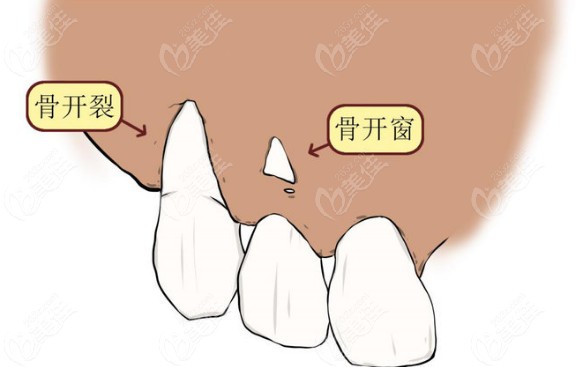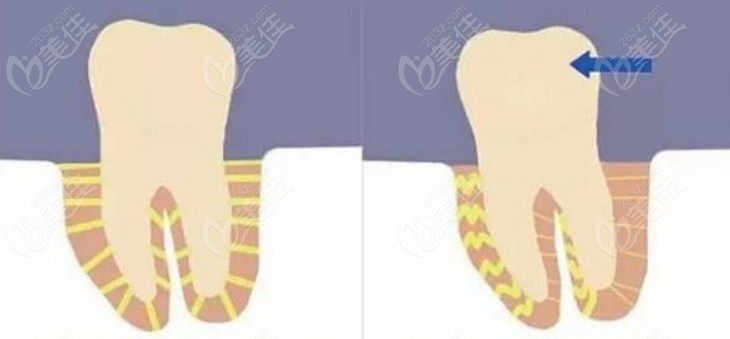Today, a tooth friend left a message on the backstage and asked me: He said that his alveolar bone is very thin. If the orthodontic bone window is opened, it is very likely? So Xiao Bian sorted out a method for judging bone windowing by himself, and how to deal with the orthodontic process of bone windowing?

First, let's give you a science popularization: what is bone opening window?
In fact, the bone window is due to the local defect of the alveolar bone, resulting in some tooth roots exposed to the alveolar bone or the root of the gums. It is like opening a window, which will cause toothache.
However, bone fenestration naturally exists in people without orthodontic treatment, not all of which are caused by orthodontic treatment.

Is there a high probability of bone windowing? Are there many people?
It is known that adults with thin III alveolar bone or deformed teeth are more likely to open the bone window during orthodontics, but most of the orthodontic clients with uneven teeth, as long as they choose an experienced orthodontist, in fact, the probability of opening the bone window is relatively small~

My alveolar bone is very thin. Is it suitable for orthodontics? What are the risks?
Generally speaking, before orthodontic treatment, the doctor will make a film to judge your alveolar bone and see whether it is suitable for orthodontic treatment. If the alveolar bone is very thin, bone grafting should be carried out before orthodontic treatment to slow down the correction speed, and the situation of the client should be monitored at any time to make plan adjustments.
If the bone fenestration occurs during the orthodontic process, it can also be treated as long as it does not exceed 2mm, so friends need not worry too much.

The following is how to judge the alveolar bone fenestration during bone fenestration and orthodontics
Generally, it can be observed with the naked eye, that is, a small part of the root is exposed, followed by the doctor's CBCT measurement.
As long as the bone window is not more than 2mm, artificial bone powder or gingival transplantation can be implanted for treatment, but if the bone window is more than half, it is basically impossible to treat, so it is recommended to find an experienced and responsible doctor.









